There were more than 100 battles fought in World War I. The war started on July 28, 1914 and ended on November 11, 1918, lasting for four years. There were over nine million combatants and seven million civilians directly or indirectly involved.
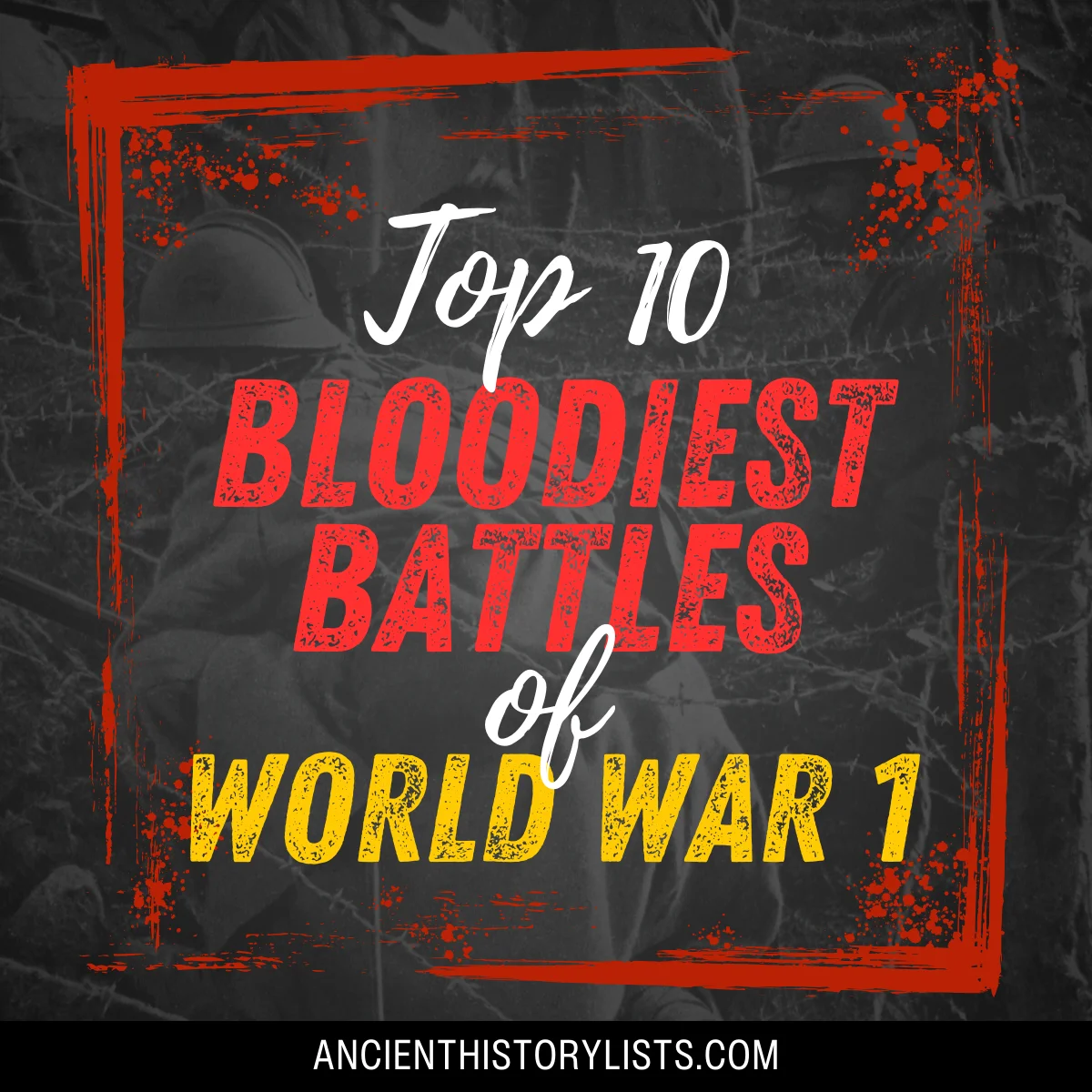
World War I had some of the bloodiest battles that resulted in over 17 million casualties and 20 million wounded. The war also introduced advanced weaponry such as the Maxim MG 08 machine gun and the Zeppelin aircraft.
Here are the top 10 bloodiest battles of World War I:
10. Hundred Days Offensive (7,000,000+ Casualties)
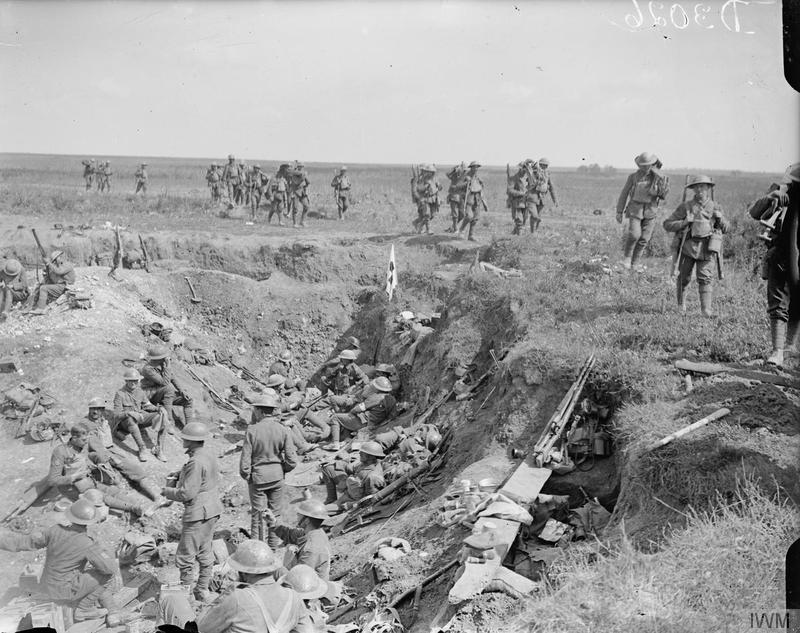
The Hundred Days Offensive was a series of offensives delivered by the Allies. The Spring Offensive from March to July 1918 had seen the Germans advance deep into France. They were only about 75km away from Paris. However, this speedy penetration had left them lacking in ammunition and food while the Allies were gathering thousands of soldiers and artillery in the city of Amiens.
With this, they were able to surprise the German forces and reclaim 13km of territory in just one day. The Germans were gradually forced back behind the Hindenburg Line. Then, on November 11, 1918, the Germans signed the Armistice, bringing World War I to an end.
As the final battle, the Hundred Days Offensive is significant. Victory, however, did not come cheaply. Over 1,800,000 people were either dead or injured as a result, and the casualties on both sides amounted to more than 7,000,000.
9. Spring Offensive (1,539,715+ Casualties)
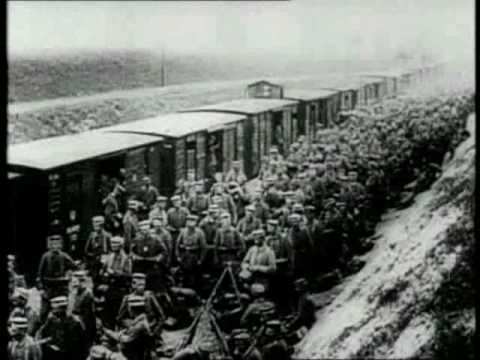
When Russia signed an armistice, the Germans were able to move their troops to the Western Front where they launched a series of offensives. This was called the Spring Offensive, also known as the Ludendorff Offensive after the top commander who planned massive and, what he thought were, decisive attacks to defeat the Allies before the Americans could join them. They gained a lot of ground. In fact, this was the furthest advance made by either side since 1914.
The Spring Offensive started on March 21, 1918 with heavy bombardment and shellfire. The Germans attacked with great speed. However, the supply of food and ammunition could not keep up with the speeding armies and the German offensives petered out on July 18, 1918, but not before they lost over 230,000 of their own men. In total, there were over 1,539,715 casualties in this battle.
8. Battle of the Somme (1,000,000+ Casualties)
The Battle of the Somme was meant to relieve some pressure on the French who were fighting the Battle of Verdun. Before the battle, the German lines were bombarded. This did not work, and when the British soldiers advanced on July 1, 1916, they were easy targets for the Germans. Yet, they continued with their offensive and by the end of this battle on November 18, 1916, they were some 9.7km into German-occupied territory.
The British suffered over 600,000 casualties; 20,000 of them dead on the very first day. The Germans too had over 500,000 casualties on their side. With over a million casualties in total, this battle came to represent the true horror of war.
7. Battle of Verdun (800,000+ Casualties)
The Battle of Verdun was the longest battle of World War I and also the costliest. It lasted from February 21 to December 19, 1916. The German general Erich von Falkenhayn planned to “bleed France white” in this battle.
Verdun town was significant to the French and he knew they would fight ferociously for it. With all the French fighting at Verdun, the British would be left alone on the Western Front. The Germans advanced well in the beginning, but with reinforcements, the French were able to slow them down. When the Battle of the Somme started, the Germans could no longer afford to send fresh troops to Verdun and the offensive was called off.
Though France was not bled dry, the French did suffer over 400,000 casualties and so did the Germans. Nearly a million people were dead or wounded with no progress on either side.
6. Battle of Passchendaele
Canadians: 15,600 casualties British: 275,000 casualties Germans: 220,000 killed and wounded
The Battle of Passchendaele is officially known as the Third Battle of Ypres. It started on July 31 and continued until November 6, 1917. After three months of bloody struggle, the British won Passchendaele, a village only five miles from Ypres, with many losses on both sides.
General Douglas Haig believed that the German troops were near collapse and a strong push would result in victory. Success in taking over the Messines Ridge encouraged Haig and further preparations were made. The infantry attack began on July 31 and the British were advancing well, but the heaviest rain for 30 years turned the battle-scarred land into a quagmire, made worse because the surrounding drainage systems were destroyed as well.
Rifles clogged up, tanks were immobilized, and the bogs became so deep that men and horses drowned in them.
Further attacks in August, September, and October showed little progress. Finally, after claiming what was left of Passchendaele village, the offensive was declared a success.
5. Serbian Campaign (Serbian Casualties: 300,000 Military, 800,000 Civilian)
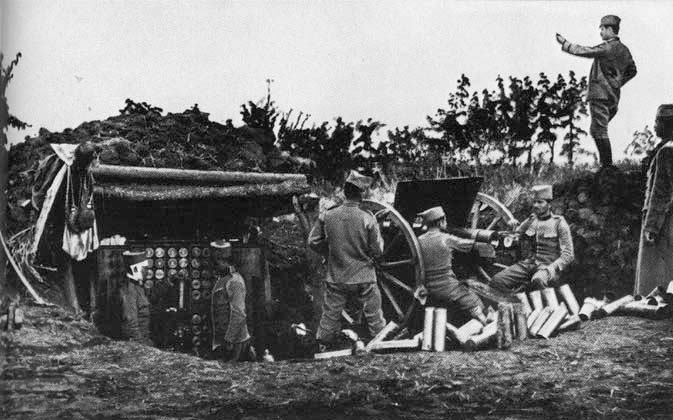
The Serbian Campaign started with the invasion of Serbia by Austria-Hungary. On June 28, 1914, Gavrilo Princip, a Bosnian, assassinated Archduke Franz Ferdinand, heir to the Austria-Hungary throne. This gave rise to several conflicts and Serbia was given the July Ultimatum, a set of ten demands of which only eight were agreed upon. Thus, Austria-Hungary declared war on Serbia on July 28 of the same year. The UK, France, Russia, and Germany soon joined in and the war front extended from the Danube to the south of Macedonia and to the north.
In all this, the Serbians suffered the most. A total of 300,000 Serbian soldiers were dead, and almost 800,000 Serbian civilians lost their life. Their loss was about 25 percent in comparison to 17, 15, 11.5 and 10 percent in France, Germany, Russia, and Italy respectively. Most of them were men. This horror came to an end when Austria-Hungary agreed to an armistice on November 4, 1918.
4. The First Battle of the Marne (483,000 Casualties)
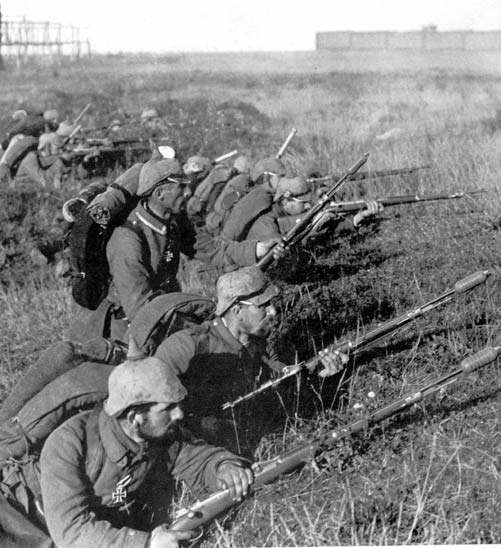
The First Battle of the Marne was fought to the north and east of Paris in September 1914. Belgium had already been invaded by the Germans who were then rapidly pushing through France and threatening Paris.
Attempts to stop the German army had already cost the British and French heavy casualties. It seemed inevitable that Paris would fall. Desperate to stop the German advance, British and French forces united on the Marne River, just outside Paris. Six French field armies and one British field army together succeeded in preventing the Germans from advancing into France. The Germans suffered heavy casualties meaning that they had to abandon the Schlieffen Plan and retreat. This event came to be known as the “Miracle on the Marne.”
Despite the Allied victory, the battle resulted in a total of 483,000 casualties; the Allied forces suffered 263,000 casualties, and the Germans 220,000. The battle also led the Germans to retreat, regroup and build strong defenses for protection against attack. The Allied response to this led to bloody trench warfare.
3. Battle of Gallipoli (Allied Losses 220,000, Turkish Losses 253,000)
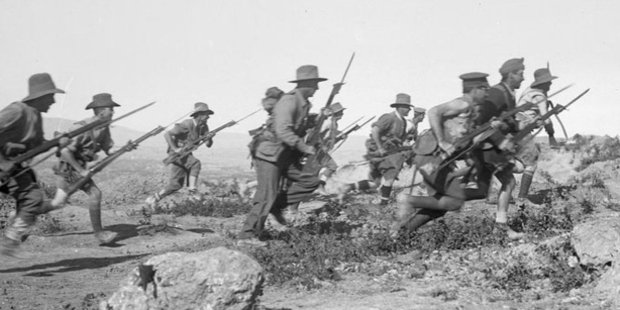
By 1915, the war in the west had dug in. Both sides were losing men in pointless assaults against strong defensive positions. In addition, Russia’s shocking defeat at Tannenberg had placed it in a difficult situation, limiting its ability to act. As a result, its allies had lost a valuable contributor to the war effort. With casualties escalating, the Allies decided to open up a second front.
To threaten the Ottoman capital, Constantinople, Sir Winston Churchill, then First Lord of the Admiralty, decided to attack the Dardanelles (modern-day Turkey). There were two reasons to open up a second front. Firstly, the Allies hoped it would help break the deadlock on the Western Front, and secondly, they wanted to bring relief to the beleaguered Russians by opening up a sea route for resupply.
When initial naval attacks failed, the Allies decided on an amphibious assault to crush the Ottoman army. The Allies considered the Turks to be weak and were anticipating them to collapse. However, the exact opposite happened.
The Turkish troops dug in and resisted, impeding the Allied landings. This led to the failure of the Allies to fulfill their objective. The Gallipoli front eventually stagnated into the same trench warfare as on the Western Front as British, Australian, and New Zealand forces clashed with the Turks. The Allies lost 220,000 men and the Turks lost 253,000. The Ottoman Empire earned a stunning victory.
2. Battle of Arras (British Losses 158,000, German Losses 120,000)
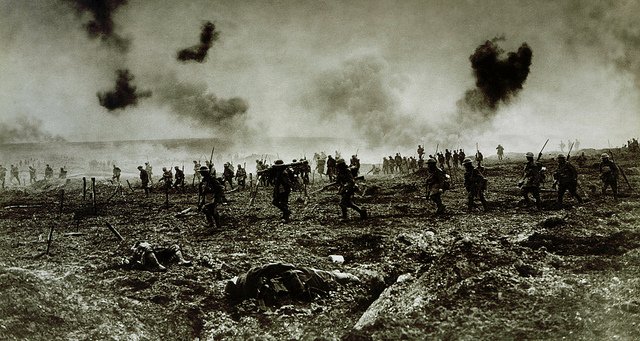
By 1917, the Western Front had been at a stalemate for two years. Casualties were mounting as a result of bloody battles, including the slaughter at Verdun and the Somme. Millions of lives had been lost on both sides and Europe was tired of war.
The Allied high command needed to break the German lines and advance. The German army was numerically inferior and breaking the German lines would result in an immediate victory for the Allies. Hence, a plan was formed to assault the German trenches at the town of Arras and the French in the south. The Allies hoped that they would finally break the deadlock on the Western Front and gain a victory.
The Battle of Arras began on April 9, 1917. Initially, the effort was directed towards capturing the strategically important Vimy Ridge by Canadian forces and to major gains by British forces in the center. However, when the battle ended on May 16, 1917, the British advance had been stymied.
The British lost 158,000 men in the assault and the Germans lost 120,000. Supposedly a British victory, the ultimate result of the battle remains ambiguous.
1. Battle of Tannenberg (Russians Losses 170,000, German Losses 12,000)
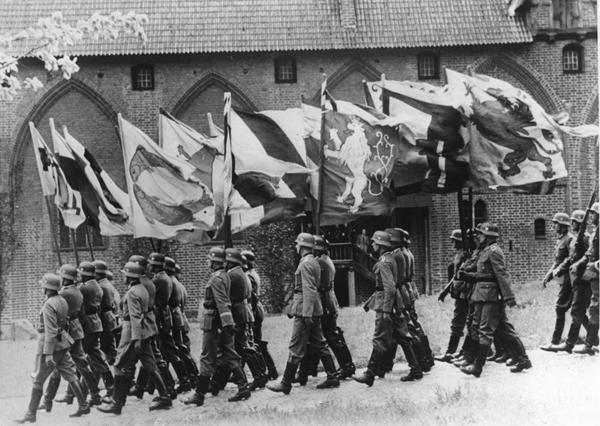
The Battle of Tannenberg was fought between the Russian 2nd Army and the German 8th Army from August 26 to August 30, 1914, during the first month of World War I.
After the Russians’ debacle of the invasion of East Prussia, they had managed to defeat the Germans at Gumbinnen. Russia’s plan was to destroy the German 8th Army by encircling it. Its 2nd Army was attacking to the southeast and the 1st Army to the north.
The 1st Army, however, halted and the Germans responded by attacking the exposed 2nd Army. Despite being outnumbered, the Germans manage to inflict a huge defeat on the Russians at Tannenberg.
The battle led to the complete destruction of the Russian 2nd Army and the suicide of its commanding general, Alexander Samsonov. The Russians suffered 170,000 casualties to the Germans 12,000.
Conclusion
Wars are disastrous, but every cloud has a silver lining. Despite the devastation of World War I, it also paved the way for major changes.
As the writer Lawrence Sondhaus puts it: “World War I was the cause, catalyst, trigger, and accelerator of revolutionary change on an unprecedented scale.” But humans never learn. We would soon be involved in an even larger war which lasted for six years.